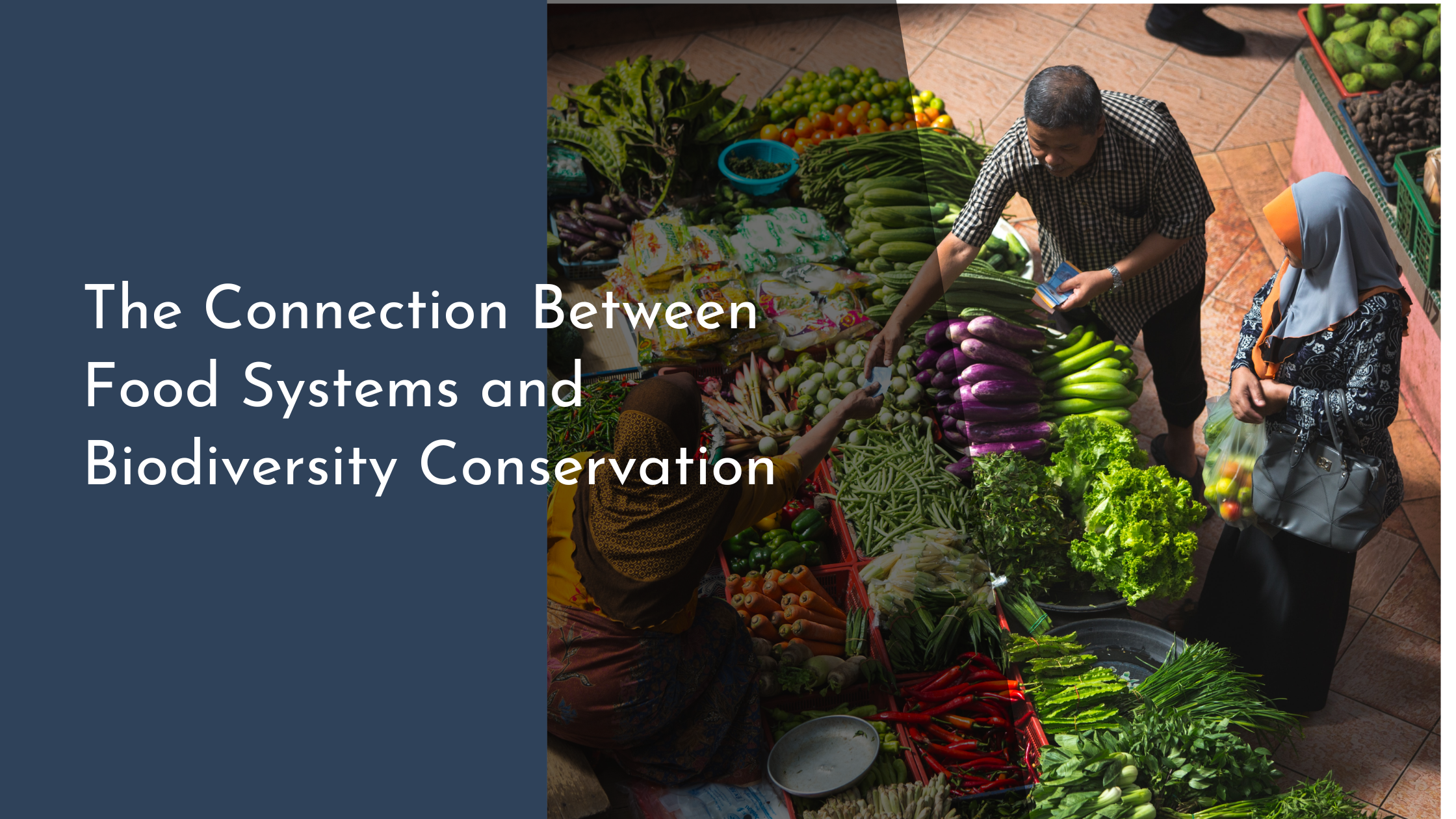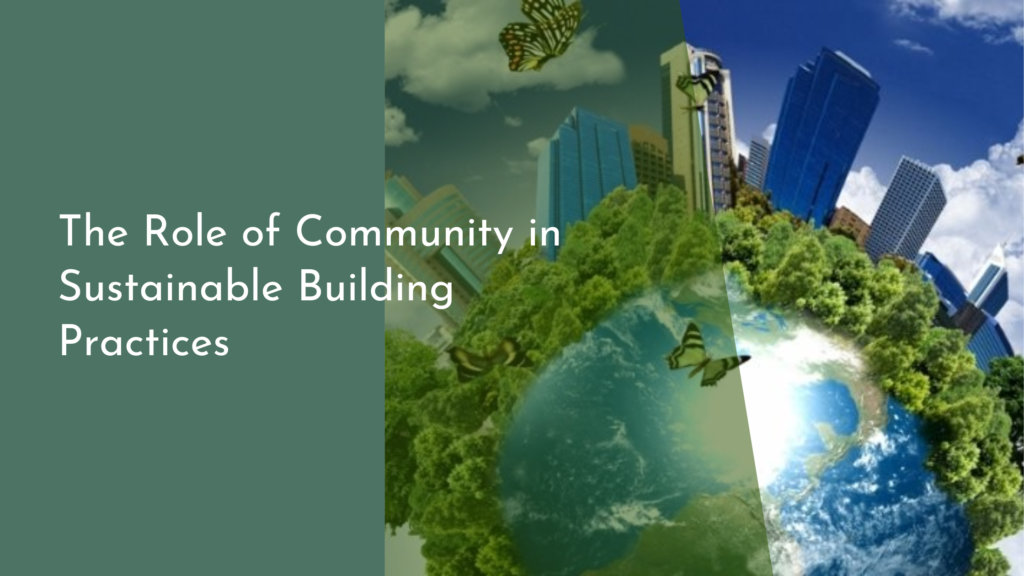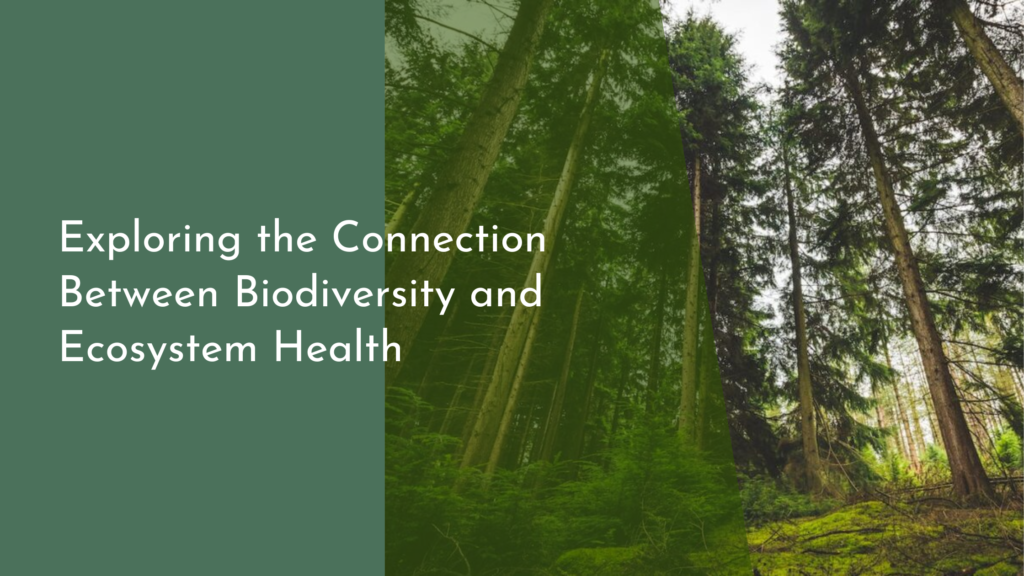The Connection Between Food Systems and Biodiversity Conservation
In recent years, the dialogue surrounding food systems has expanded beyond mere production and consumption to encompass broader environmental issues, including biodiversity conservation. As the world’s population continues to grow, the pressure to produce more food has led to significant changes in land use, directly impacting natural ecosystems. Yet, this doesn’t mean that the goals of feeding the planet and preserving biodiversity are mutually exclusive. With the right approaches and collaborative efforts, we can create food systems that not only sustain human life but also nurture the diversity of life on Earth.
Understanding Food Systems and Biodiversity
Food systems are complex networks that encompass every step from production to consumption, including the transformation, distribution, and disposal of food. These systems are intimately connected with natural ecosystems. Biodiversity provides essential services that underpin agriculture, such as pollination, pest control, and nutrient cycling. Healthy, diverse ecosystems contribute to the resilience and productivity of food systems by maintaining soil health, ensuring the availability of clean water, and helping to mitigate climate change impacts.
Biodiversity, in turn, is influenced by how food systems are managed. Monoculture farming, high pesticide use, and land conversions for agriculture can diminish biodiversity. However, diverse food systems can promote biodiversity by maintaining a variety of habitats and species. When food systems are designed to be environmentally harmonious, they can significantly contribute to the health of local ecosystems. By understanding this intricate relationship, we can better align agricultural practices with biodiversity conservation goals.
The Impact of Agriculture on Natural Habitats
The expansion of agriculture has been one of the leading causes of habitat loss worldwide. As fields extend into forests, wetlands, and grasslands, the natural homes of countless species are destroyed, leading to a decline in biodiversity. This habitat conversion is often accompanied by soil degradation, waterway pollution, and the introduction of invasive species, which further threaten native flora and fauna. The environmental footprint of agriculture is vast, but it also provides a unique opportunity to transform how we interact with the planet.
While agriculture’s impact on natural habitats has been profound, it does not have to be destructive. Agroecology, agroforestry, and permaculture are among the sustainable agricultural practices that can minimize habitat loss and even promote biodiversity. By integrating trees and native vegetation into farmland and prioritizing ecological balance over maximum yield, these practices help create a more sustainable interface between agriculture and natural ecosystems.
Sustainable Practices for Biodiversity Protection
One of the most effective ways to protect biodiversity within food systems is through the adoption of sustainable agricultural practices. Organic farming, for example, emphasizes the use of natural fertilizers and pest control, which helps maintain healthy ecosystems. Crop rotation and polyculture increase soil fertility and biodiversity, creating a more resilient agricultural system. These practices not only contribute to biodiversity conservation but also improve food security by enhancing ecosystem services.
Additionally, landscape management approaches such as preserving hedgerows, buffer strips, and wetlands can provide habitats for a range of species while protecting water quality and preventing soil erosion. These practices offer a balanced approach that can sustain both agriculture and biodiversity. By investing in sustainable food systems, farmers can play a crucial role in conserving biodiversity, ultimately leading to healthier and more productive ecosystems.
Collaborative Efforts for a Greener Future
Addressing the complex challenges posed by the intersection of food systems and biodiversity requires collaborative efforts at local, national, and global levels. Governments, NGOs, and private sector stakeholders must work together to develop and implement policies that prioritize ecological sustainability. This includes providing incentives for farmers to adopt biodiversity-friendly practices, investing in research and innovation, and strengthening land tenure systems to empower local communities in conservation efforts.
Public awareness and consumer choices also play a pivotal role. By supporting sustainable food products and practices, consumers can drive demand for more environmentally friendly options. Education and community initiatives can raise awareness about the connection between food choices and biodiversity, empowering individuals to contribute to conservation efforts. Together, these collaborative actions can pave the way for a greener future where food systems nurture and sustain the planet’s biodiversity.
The connection between food systems and biodiversity conservation is both intricate and vital. By understanding and embracing this relationship, we can create agricultural practices that sustain both human populations and the rich tapestry of life on Earth. Through sustainable practices and collaborative efforts, there is great potential to transform the way we produce and consume food, ensuring that it supports the health of our planet for generations to come. As we move forward, let us envision and work towards a future where food systems and biodiversity thrive in harmony.



